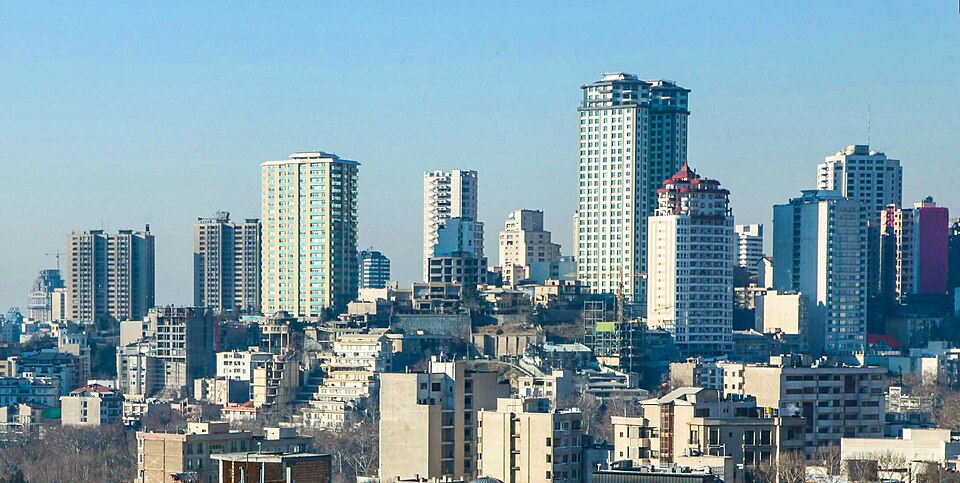Is Tehran Becoming Uninhabitable?
Widespread Water Supply Interruptions Raise Alarms
Iran is confronting an escalating water crisis, with over 40 cities—including Tehran—facing routine water rationing and prolonged supply interruptions. Households and businesses in many regions experience daily outages lasting several hours, as authorities rush to implement emergency measures.
Causes and Scope of the Crisis
The underlying issues stem from five consecutive years of drought, declining rainfall (down by more than 50% in key provinces such as Sistan-Baluchistan, Hormozgan, Bushehr, and Khuzestan), extreme temperatures, excessive aquifer extraction, and long-standing inefficiencies in water management—especially in agriculture, which consumes up to 90% of the nation’s supply.
Current reports indicate that Tehran’s dam reservoirs have dropped to just 14% of capacity. Nearly half of Iran’s provinces are officially water-stressed, with supply falling far short of demand.
Government Response and Strategic Shifts
President Masud Pezeshkian has acknowledged the role of mismanagement in exacerbating the crisis and emphasized the need for structural reform. He has cited Tehran’s deteriorating water conditions in renewed calls to relocate the capital, arguing its continued viability is in jeopardy.
While the proposal to move the capital to the Makran coast near the Sea of Oman gained brief traction—including the appointment of Ali Abdolalizadeh as a special envoy for maritime economic development—it has since been shelved due to widespread criticism and concerns over the region’s underdeveloped infrastructure.
Expert Perspectives
Environmental experts stress the urgency of reforming Iran’s agricultural practices. Azam Bahrami, a Netherlands-based water specialist, told Radio Farda that the ruling authorities must take the lead in modernizing technology, investing in water infrastructure, and preparing society for the long-term impacts of climate change and drought.
Conclusion
Iran’s water emergency is no longer confined to remote regions or seasonal cycles—it is now a critical national issue affecting the future of its capital and the wellbeing of millions. Without decisive action, Tehran’s continued habitability may soon become a thing of the past.
Excerpts from article By Kian Sharifi on www.pressenza.com
Tehran Skyline from Qeytariyeh Picture by ninara



